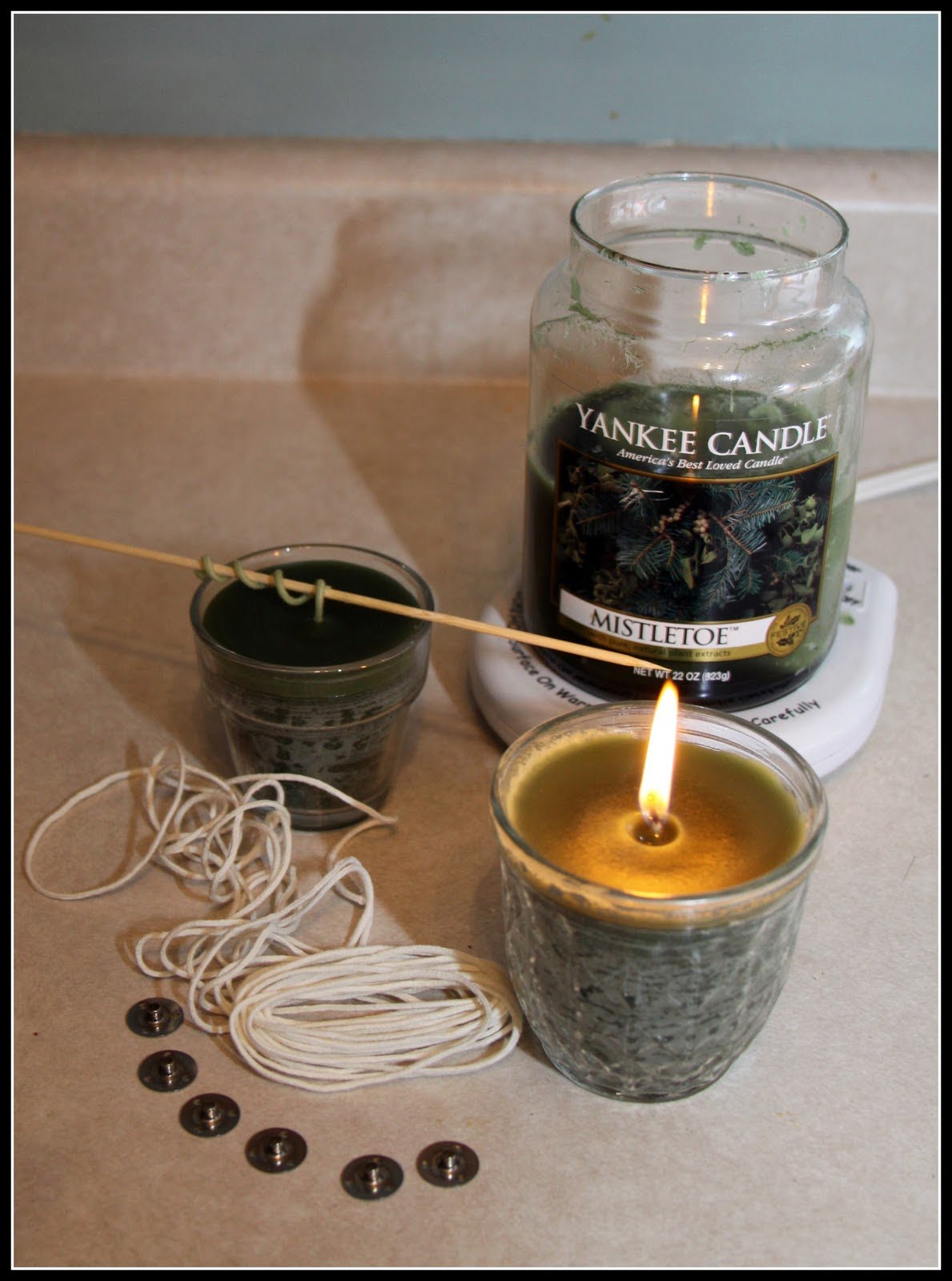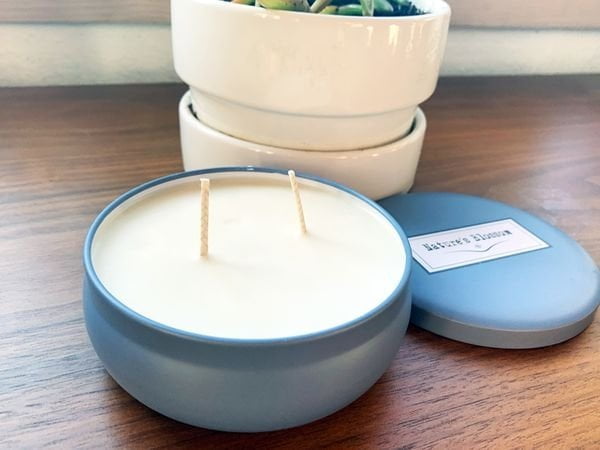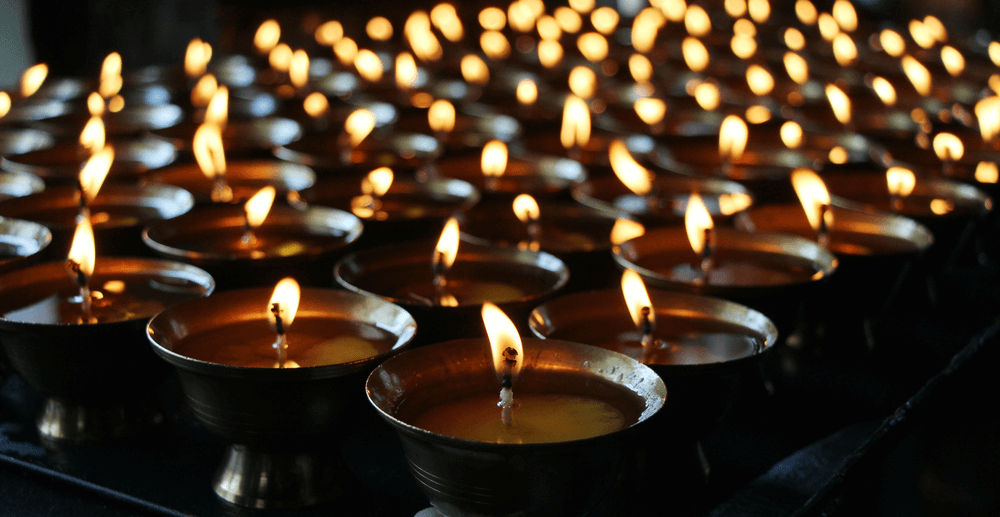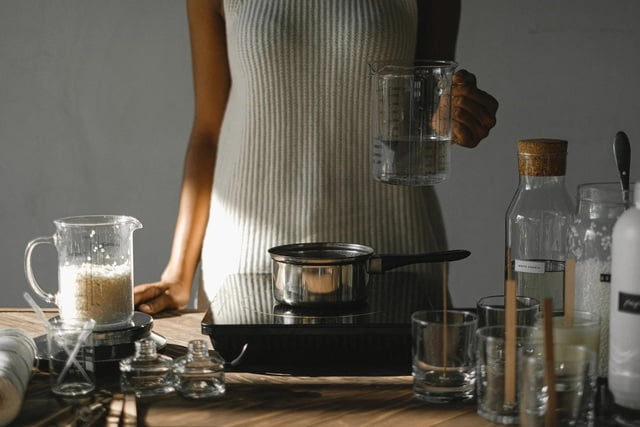Candle making is a popular and fulfilling hobby that allows individuals to create their own unique and beautifully scented candles. However, the process of making candles can be quite intricate and involves various factors that can easily lead to mistakes if not done correctly. In this article, we will explore the common candle making mistakes that beginners often encounter, as well as provide useful tips on how to avoid them.
When delving into the art of candle making, it is important to understand the different components involved in creating high-quality candles. From choosing the right wax to understanding the importance of proper fragrance measurements, there are several key aspects to consider in order to achieve successful results.
In this comprehensive guide, we will discuss the importance of selecting the right type of wax for your candles, understanding the role of different wicks, properly measuring fragrances, pouring and setting the wax, as well as troubleshooting common issues that may arise during the candle making process. By familiarizing yourself with these essential elements of candle making and learning how to avoid common mistakes, you can ensure that your candle crafting endeavors are both enjoyable and successful.
Choosing the Right Wax for Your Candles
When it comes to candle making, choosing the right wax is crucial for the success of your candles. There are several types of waxes available, each with its own set of characteristics and properties. One common mistake that beginners make is not considering the type of wax they use for their candles.
The most commonly used waxes for candle making are paraffin wax, soy wax, beeswax, and coconut wax. Each type of wax has its own melting point, fragrance-holding capacity, and burn time. It’s important to consider these factors when choosing the right wax for your candles to ensure that you achieve the desired results.
Another common mistake is not understanding how different waxes can affect the scent throw and overall quality of the candle. For example, soy wax has a natural ability to hold fragrance well, while paraffin wax may require additional additives to enhance its scent throw. Taking the time to research and understand the characteristics of each type of wax will help you make an informed decision and avoid common candle making mistakes.
In addition, it’s important to consider the environmental impact and health considerations associated with different types of wax. Soy wax is known for being a more sustainable and eco-friendly option compared to paraffin wax. Being mindful of these factors will not only help you choose the right wax for your candles but also contribute to creating a successful and ethical candle making process.
Understanding the Different Types of Wicks
When it comes to making candles, choosing the right wick is crucial for the success of your project. There are several types of wicks available in the market, each with its own specific purpose and function. Understanding the different types of wicks will ensure that you select the best one for your candle making needs.
One common mistake when it comes to choosing wicks is using the wrong size or type for the wax being used. Different waxes require different types of wicks to burn properly, so it’s important to do some research or consult with a professional before making your selection. Using a wick that is too small can result in a weak flame and tunneling, while using a wick that is too large can lead to flickering, excessive smoking, and uneven burning.
Another common candle making mistake related to wicks is improper placement. The positioning of the wick within the candle vessel is important for an even burn and efficient fragrance throw. Wicks should be centered and secured in place before pouring the wax to prevent them from drifting off-center as the candle sets.
Lastly, not trimming the wick properly can also lead to issues such as soot buildup and uneven burning. It’s essential to trim the wick to the recommended length before lighting each time to ensure a clean and steady burn.
| Wick Type | Best Used For |
|---|---|
| Cotton Core Wick | Paraffin wax candles |
| Wooden Wick | Soy wax candles and decorative candles |
| Zinc Core Wick | Gel wax candles |
Understanding these differences will allow you to make informed decisions when selecting a wick for your homemade candles, ultimately leading to better results.
Importance of Proper Fragrance Measurements
When it comes to making scented candles, the proper measurement of fragrance oils is crucial in ensuring a well-balanced and fragrant candle. Many novice candle makers make the mistake of either using too much or too little fragrance, which can result in a subpar candle with either an overpowering scent or barely any fragrance at all.
Measuring Fragrance Oils
One of the most common candle making mistakes when it comes to fragrance is not properly measuring the oils. It’s important to use a digital scale to measure your fragrance oils accurately. Using too much can result in a candle that doesn’t burn properly, while using too little can leave you with an underwhelming scent throw.
Balancing Fragrance Notes
Another important aspect of proper fragrance measurements is balancing the different notes of the fragrance oil. This includes top, middle, and base notes, which all contribute to the overall scent profile of the candle. By carefully measuring and blending these notes, you can create a well-rounded and pleasing aroma for your candles.
Avoiding Common Pitfalls
To avoid common candle making mistakes related to fragrance measurements, always refer to the recommended usage rates provided by your fragrance oil supplier. Additionally, consider keeping detailed records of your measurements and results for future reference. By taking the time to measure your fragrance oils accurately and balance their notes effectively, you can ensure that your candles have a consistent and enjoyable scent every time.
Tips for Properly Pouring and Setting the Wax
When it comes to candle making, the process of pouring and setting the wax is crucial to the success of your candles. Making mistakes in this step can lead to issues such as uneven burning, poor scent throw, and even potential safety hazards. To ensure that you are properly pouring and setting your wax for optimal results, consider the following tips.
Choosing the Right Pouring Temperature
One common candle making mistake is not paying attention to the pouring temperature of the wax. It’s important to follow the recommended pouring temperature for the specific type of wax you are using. Pouring at too high or too low of a temperature can result in poor adhesion to the container or uneven cooling, leading to an unsightly finish on your candles.
Properly Preparing Your Molds or Containers
Before pouring your wax, it’s crucial to properly prepare your molds or containers. This includes ensuring that they are clean and free of any debris, as well as securing wick placement if using containers. Failure to adequately prepare your containers can result in poorly formed candles that may not burn correctly.
Allowing Sufficient Cooling Time
After pouring your wax into the containers, it’s essential to allow sufficient time for the candles to cool and set properly. Rushing this step can lead to issues with sinking or uneven surfaces on your candles. Be patient and allow the candles to cool at room temperature without any disturbances for best results.
By paying close attention to these tips for properly pouring and setting the wax, you can avoid many common candle making mistakes. Taking the time to ensure that each candle is poured and set correctly will ultimately lead to more beautiful, higher-quality candles that burn evenly and fill a room with delightful fragrance.
Common Issues With Candle Cooling and Prevention
Candle making can be a fun and rewarding hobby, but it is not without its challenges. One of the key steps in the candle making process is ensuring that your candles cool properly to avoid any imperfections. Here are some common issues with candle cooling and prevention tips to help you create beautiful, high-quality candles every time.
1. Cracking: One common issue when cooling candles is cracking. This can occur when the wax cools too quickly, causing stress on the surface of the candle. To prevent cracking, it’s important to allow your candles to cool at room temperature in a draft-free area. Avoid placing them near a window or any air vents that could cause rapid cooling.
2. Sinkholes: Another common problem during the cooling process is the formation of sinkholes, which are small cavities that appear on the surface of the candle. To prevent sinkholes, try pouring your wax at a slightly higher temperature and gently tapping the container to release any air bubbles before it sets.
3. Frosting: Frosting is a natural and common characteristic of soy wax candles, but excessive frosting can be unattractive. To minimize frosting, try using a lower pouring temperature and avoid moving or disturbing the candles while they cool.
By taking these preventative measures during the cooling process, you can avoid many common candle making mistakes and create beautiful, professional-looking candles every time. Remember that practice makes perfect, so don’t get discouraged if you encounter some hiccups along the way.
Avoiding Uneven Burning and Tunneling
When it comes to candle making, one of the most frustrating issues that can arise is uneven burning and tunneling. These problems can result in wasted wax and a less-than-desirable finished product. To avoid these common candle making mistakes, follow these tips:
- Choose the right wick size: Using the wrong size wick can cause uneven burning and tunneling. Make sure to research and test different wick sizes to find the one that works best for your specific wax and container.
- Pour at the correct temperature: Pouring your wax at too high or too low of a temperature can also lead to uneven burning. Be sure to follow the recommended pouring temperature for your chosen wax type.
- Avoid drafts: Placing your candles in areas with drafts can cause uneven burning. Make sure to place your candles in a draft-free location while they are setting to ensure an even burn.
By taking these precautions, you can minimize the risk of experiencing uneven burning and tunneling in your handmade candles. Additionally, regularly testing and adjusting your process will help prevent these issues from occurring.
Remember, making candles is both an art and a science, so don’t be discouraged if you experience some trial and error along the way. With patience and practice, you can overcome these common candle making mistakes and create beautiful, even-burning candles every time.
Troubleshooting Common Candle Making Mistakes
Common candle making mistakes can be frustrating, but they are also a valuable learning experience for beginners and experienced candle makers. Troubleshooting common issues that arise during the candle making process is essential to improve your craft and produce high-quality candles. In this section, we will discuss some of the most prevalent candle making mistakes and how to troubleshoot them effectively.
One of the most common candle making mistakes is using the wrong type of wax for your candles. Different waxes have different melting points and properties, so it’s crucial to choose the right one for your specific needs. For example, soy wax is great for container candles, while paraffin wax is better suited for pillar candles. To troubleshoot this issue, make sure to research and understand the characteristics of each type of wax before starting your project.
Another frequent mistake in candle making is improperly measuring fragrance oils. Adding too much or too little fragrance oil can result in a subpar scent throw or even cause safety hazards when burning the candle. To avoid this issue, always use an accurate scale to measure your fragrance oils and follow the recommended usage rates provided by fragrance suppliers.
Proper pouring and setting of the wax are also critical steps in candle making that are often overlooked. Uneven pouring can lead to surface imperfections, while improper cooling can cause sinkholes or cracks in the finished product. To troubleshoot these common issues, ensure that you pour the wax at the right temperature and allow it to cool undisturbed in a draft-free area.
| Common Candle Making Mistakes | Troubleshooting Tips |
|---|---|
| Using wrong type of wax | Research and understand characteristics of each wax type before use |
| Improperly measuring fragrance oils | Use an accurate scale and follow recommended usage rates |
| Improper pouring and setting of wax | Pour at correct temperature and allow to cool undisturbed |
Conclusion and Final Tips for Successful Candle Making
In conclusion, candle making can be a rewarding and enjoyable hobby, but it does require careful attention to detail to avoid common candle making mistakes. By following the tips outlined in this article, you can increase your chances of successfully creating beautiful and fragrant candles.
Remember to carefully choose the right wax for your candles and select the appropriate wick for optimal burning. Pay close attention to fragrance measurements to ensure that your candles are not overpowering or too subtle. When pouring and setting the wax, take your time and follow proper techniques to avoid issues with cooling and setting.
It’s also important to address any issues with uneven burning and tunneling by troubleshooting common candle making mistakes. By being proactive in identifying potential problems, you can work to prevent them from occurring in the first place. So, whether you’re a beginner or experienced at candle making, keep these final tips in mind for successful and satisfying results every time you make your own candles.
Frequently Asked Questions
What Can Go Wrong When Making Candles?
When making candles, several things can go wrong. If the wax is not melted properly, it may result in uneven burning or air pockets. Using the wrong wick size can also lead to tunneling or flickering instead of a steady burn.
What Not to Add to Candles?
There are certain things that should never be added to candles. For example, adding water to the wax can cause splattering and potential injury when the candle is lit. Other substances like crayons or food coloring can affect the candle’s burning properties and produce harmful fumes.
What Happens if You Put Too Much Fragrance Oil in a Candle?
Putting too much fragrance oil in a candle can have negative effects. It may lead to poor combustion, causing soot to form on the container and wick. This can also result in an overpowering scent that becomes unpleasant rather than enjoyable for the user.

Welcome to my candle making blog! In this blog, I will be sharing my tips and tricks for making candles. I will also be sharing some of my favorite recipes.





